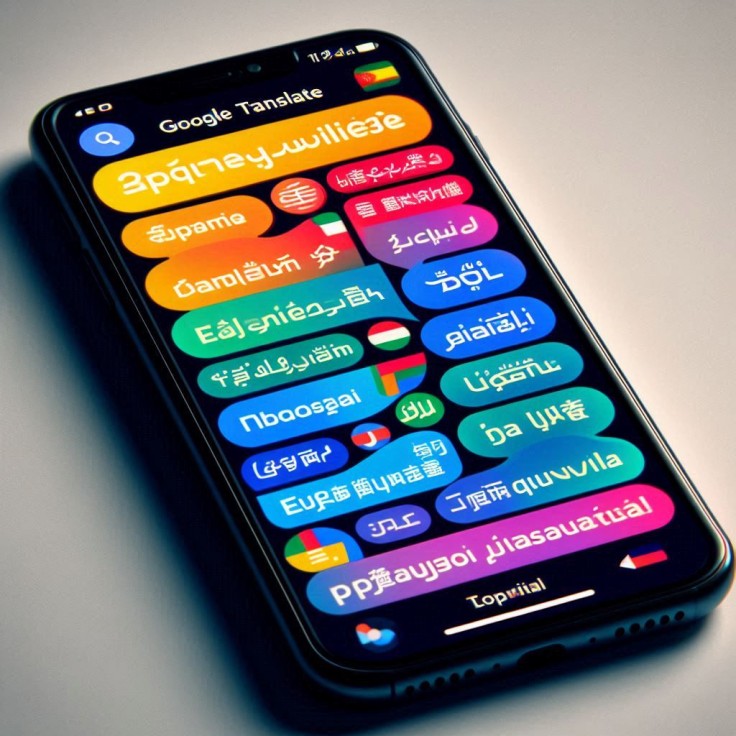
Google Translate has dramatically increased the number of languages to 243. This addition is the largest in the tool's history, increasing the tool's previous 133-language support to almost double that amount. The services which have been introduced recently in a Google blog will help to expand the accessibility for approximately 614 million people in the world, and this accounts for 8% of the general population of the planet.
Broadening Horizons With New Languages
The latest act of Google Translate is the perfect example that Google is not tired of fighting language barriers all around the globe. The internet giant recently incorporated 110 new languages into the services of its powerful PaLM 2 AI model. These additions range from widely spoken global languages with millions of speakers to smaller Indigenous languages and dialects undergoing revitalization efforts.
Among the notable inclusions are languages long-requested by users, such as Cantonese and Punjabi (Shahmukhi). Cantonese, historically challenging due to its shared characters with Mandarin, has now been incorporated thanks to advances in AI's ability to discern linguistic nuances. Meanwhile, Punjabi in Shahmukhi script, predominant in Pakistan, highlights Google's strategic focus on supporting diverse regional scripts and linguistic varieties.
Google Translate Adds African Languages To The Roster
A significant stride in Google's expansion is its bolstered support for African languages, constituting about a quarter of the new additions. Languages like Fon, Kikongo, Luo, Ga, Swati, Venda, and Wolof now join the Translate platform, reflecting Google's recognition of linguistic diversity across the continent. This step supports worldwide accessibility and cultural preservation in addition to facilitating communication within African communities.
The use of AI-driven learning models by Google has proven essential in overcoming the challenges posed by linguistic variety. The PaLM 2 LLM has played a crucial role in deciphering intricate linguistic relationships, particularly evident in its adaptation to French creole languages spoken in Seychelles and Mauritius. These advancements underscore Google's dedication to refining translation accuracy and inclusivity amidst linguistic variation and evolving regional dialects.
Challenges and Future Prospects
Even with these advancements, Google Translate recognizes that there is still a huge linguistic landscape that has to be fully covered-roughly 7,000 languages are spoken worldwide. The company's ongoing efforts under the 1,000 Languages Initiative aim to bridge this gap further. By harnessing machine learning capabilities that transcend mere translation, Google aims to develop AI models capable of handling the nuances and regional variations inherent in global linguistic diversity.
With the constant enlargement of the linguistic repertory of Google, the users will be provided with better opportunities and stronger dependability in intercultural interactions. From dealing with complex dialects to reigniting dormant languages, rendition holds a significant breakthrough that remains symbolic to persons in Google Translate as the bricklayer of language by use of information technology.
Therefore, Google's language expansion goals, empowered by the generative AI advances, represent a giant step that is changing the world towards the better. Therefore, engaging the linguistic part of contemporary culture and integrating the modern advanced AI technology, Google Translate serves as an example of how technological progress should create solutions for all people and nations without prejudice.
Related Article : Apple To Enhance Support For Third-Party IPhone Repairs, Including True Tone And Battery Metrics
© Copyright 2025 Mobile & Apps, All rights reserved. Do not reproduce without permission.


















